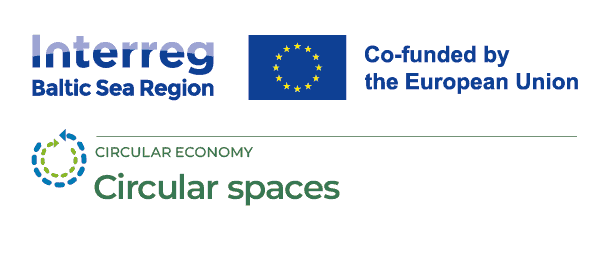
Exploring Makerspaces and the Maker Movement
12 January 2024
In the age of technology and innovation, the terms “makerspace” and “makers” have become increasingly popular. These concepts are at the forefront of a movement that emphasizes hands-on learning, creativity, and collaboration. Let’s delve into the world of makerspaces and makers to understand their significance in fostering innovation and cultivating a culture of DIY (Do It Yourself).
What is a Makerspace?
A makerspace is a collaborative workspace that provides individuals with access to tools, equipment, and resources for creating, designing, and building. These spaces are designed to encourage exploration and experimentation across various disciplines, including electronics, robotics, woodworking, 3D printing, and more. Makerspaces can be found in schools, libraries, community centers, and even private institutions.
Key Elements of Makerspaces:
Tools and Equipment:
Makerspaces are equipped with a diverse range of tools and equipment, depending on the specific focus of the space. Common tools include 3D printers, laser cutters, CNC machines, soldering stations, and woodworking tools. The goal is to provide access to resources that individuals might not have readily available.
Collaborative Environment:
Collaboration is a central aspect of makerspaces. These environments bring together people from various backgrounds, fostering a sense of community and encouraging the exchange of ideas. Collaboration not only enhances the learning experience but also promotes the development of innovative projects.
Access to Technology:
Makerspaces often provide access to cutting-edge technology. This access is vital for individuals who want to explore emerging fields such as virtual reality, artificial intelligence, and the Internet of Things. By democratizing access to technology, makerspaces empower individuals to turn their ideas into reality.
Who Are Makers?
Makers are individuals who engage in the act of creating, building, and experimenting. They are driven by a do-it-yourself (DIY) ethos and a passion for learning through hands-on experiences. Makers come from diverse backgrounds, including students, hobbyists, engineers, artists, and entrepreneurs. What unites them is a shared curiosity and a desire to turn their ideas into tangible projects.
Characteristics of Makers:
Curiosity:
Makers are inherently curious individuals who enjoy exploring new ideas and technologies. They are not afraid to ask questions and seek solutions to problems, driving a continuous cycle of learning and innovation.
Hands-On Approach:
Unlike traditional learning methods, makers prefer a hands-on approach. They learn by doing, experimenting, and making mistakes along the way. This trial-and-error process is a fundamental part of the maker mindset.
Open Source Philosophy:
Makers often embrace an open-source philosophy, sharing their projects, designs, and knowledge with the community. This collaborative spirit is integral to the maker movement, encouraging the free exchange of information.
Benefits of Makerspaces and the Maker Movement:
Skill Development:
Makerspaces provide a platform for skill development across various disciplines, fostering creativity, critical thinking, and problem-solving skills.
Innovation and Entrepreneurship:
The hands-on nature of makerspaces encourages individuals to explore entrepreneurial opportunities. Many successful startups and innovations have their roots in makerspaces.
Community Building:
Makerspaces create vibrant communities where individuals with diverse skills and interests come together. This collaborative environment enhances networking and the exchange of ideas.
Makerspaces and the maker movement play a crucial role in shaping the future of education, innovation, and creativity. By providing access to tools, fostering collaboration, and celebrating the maker mindset, these spaces empower individuals to become active creators in an ever-evolving technological landscape. Whether you’re a student, hobbyist, or professional, the world of makerspaces invites you to explore, create, and contribute to the exciting journey of making.
In the next article we will talk more about what it means to be a circular makerspace and how to achieve that.





